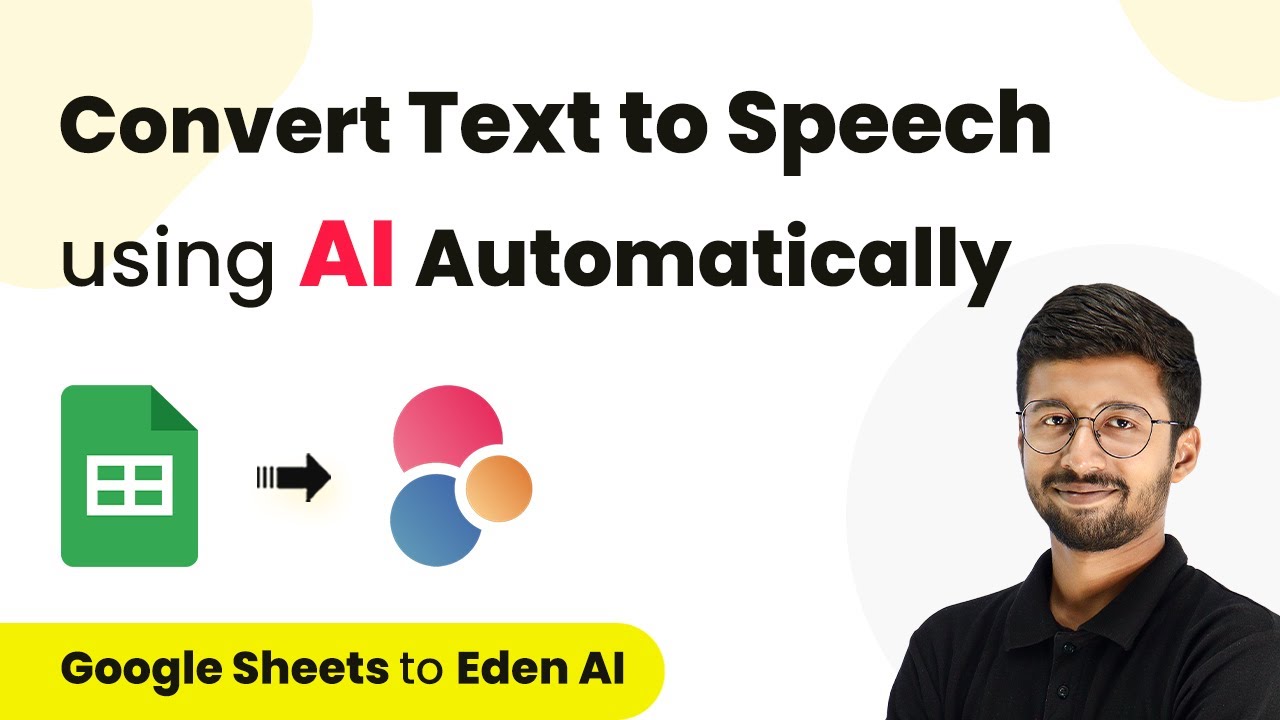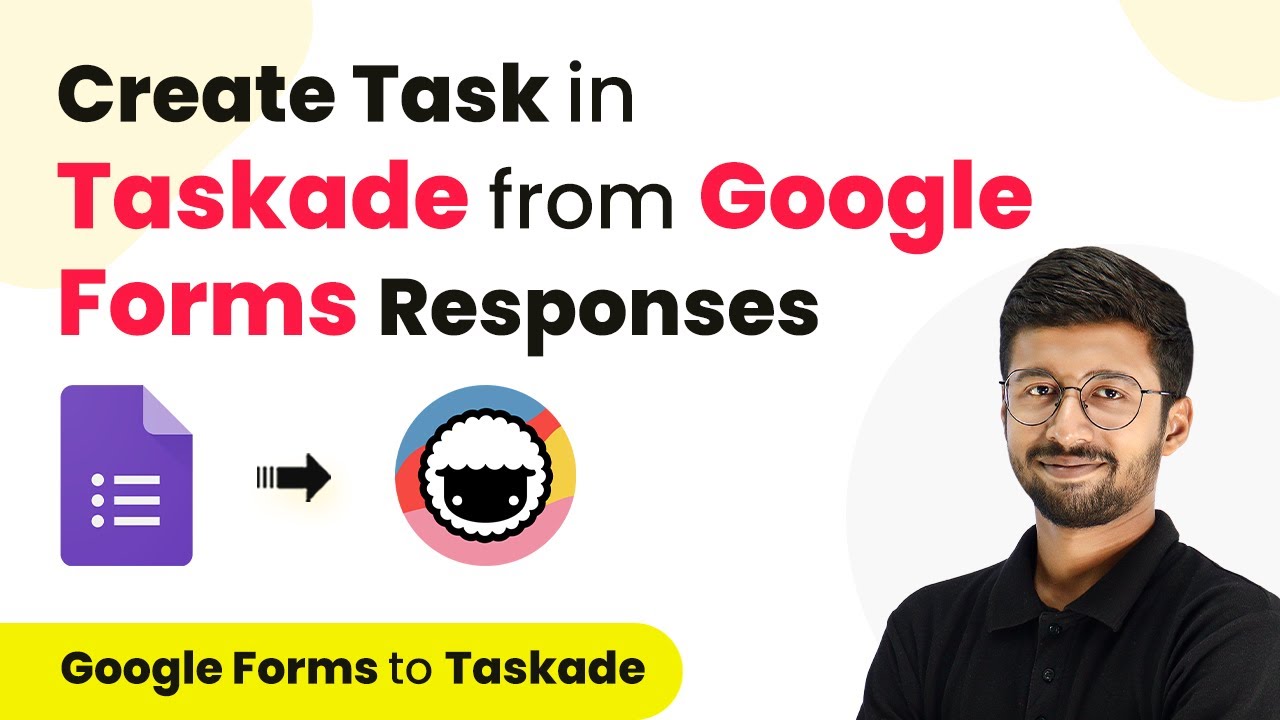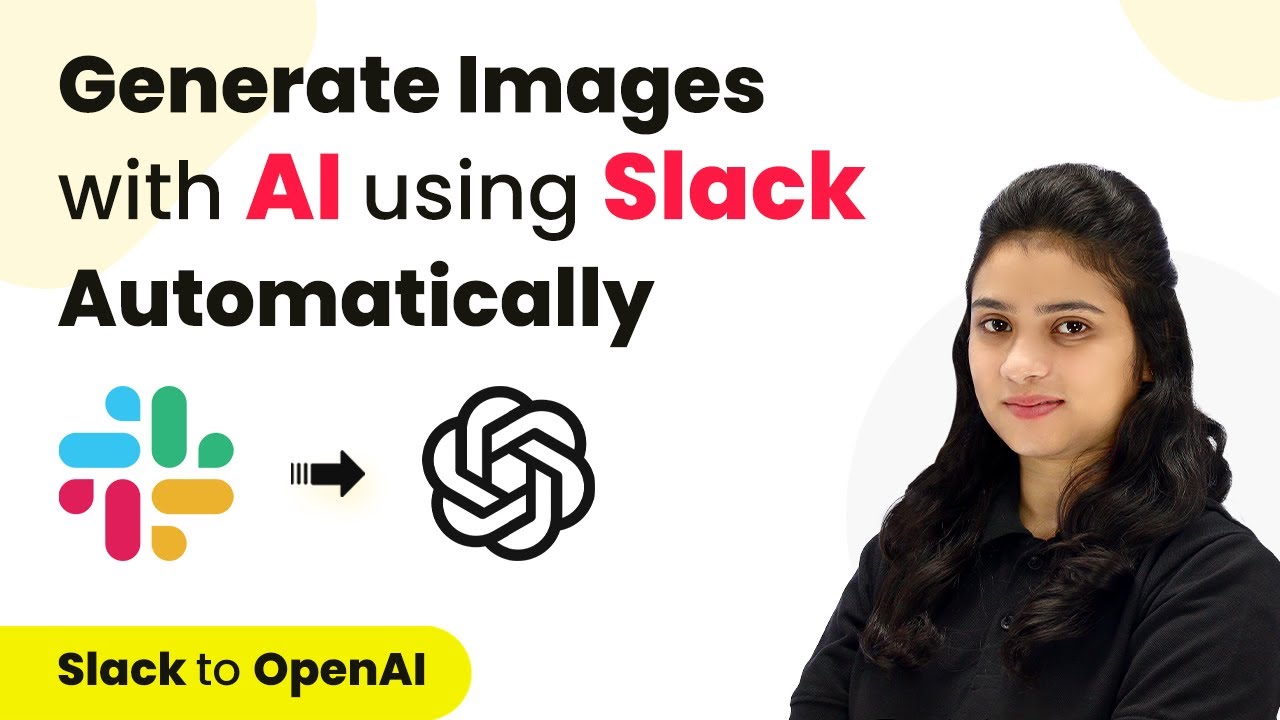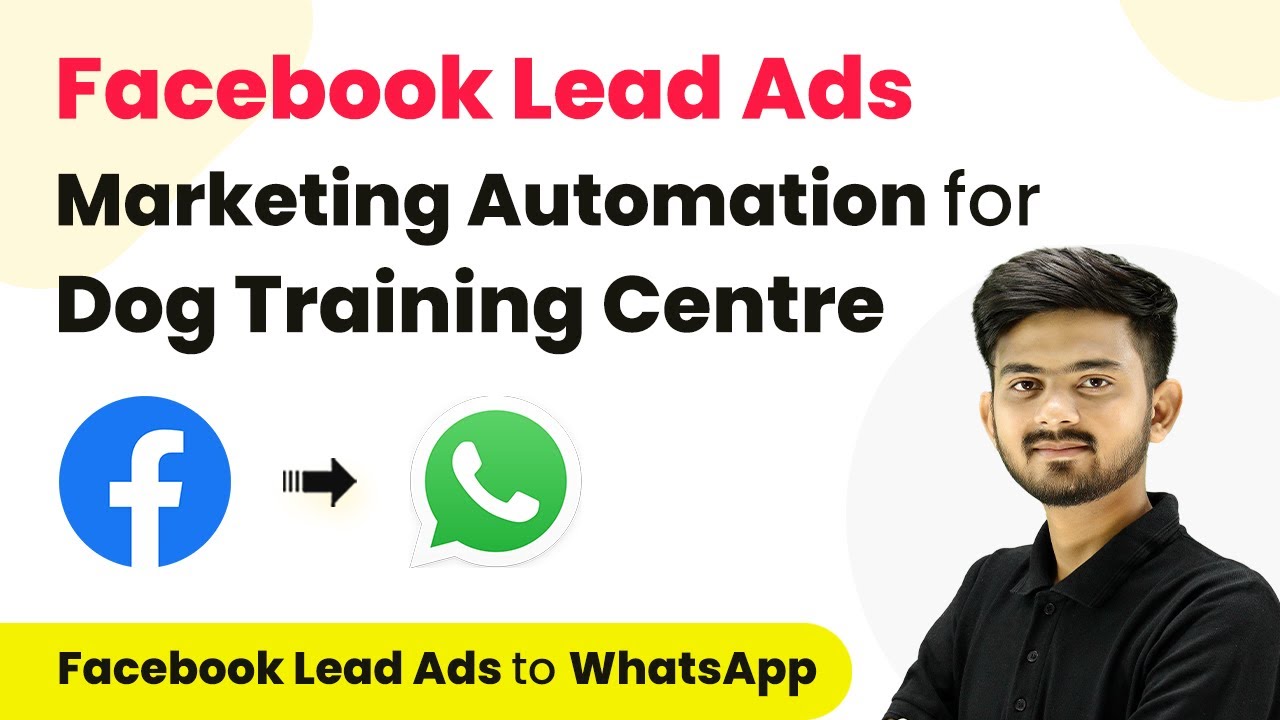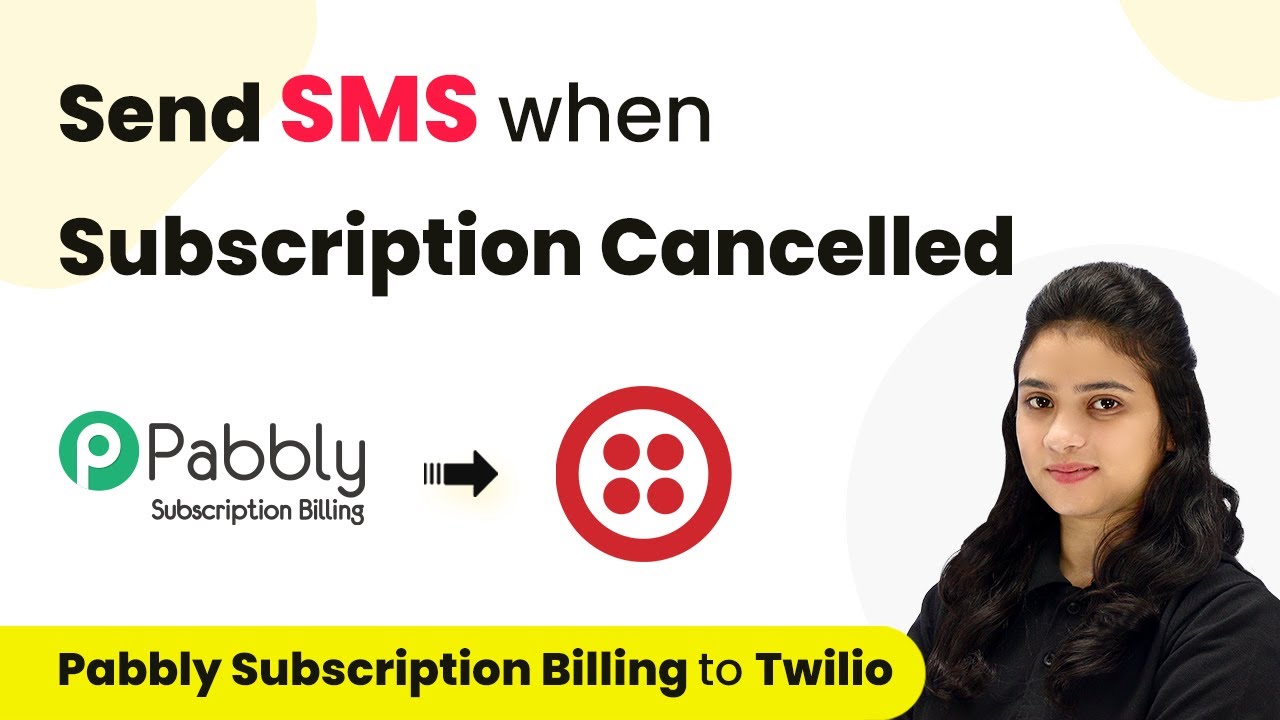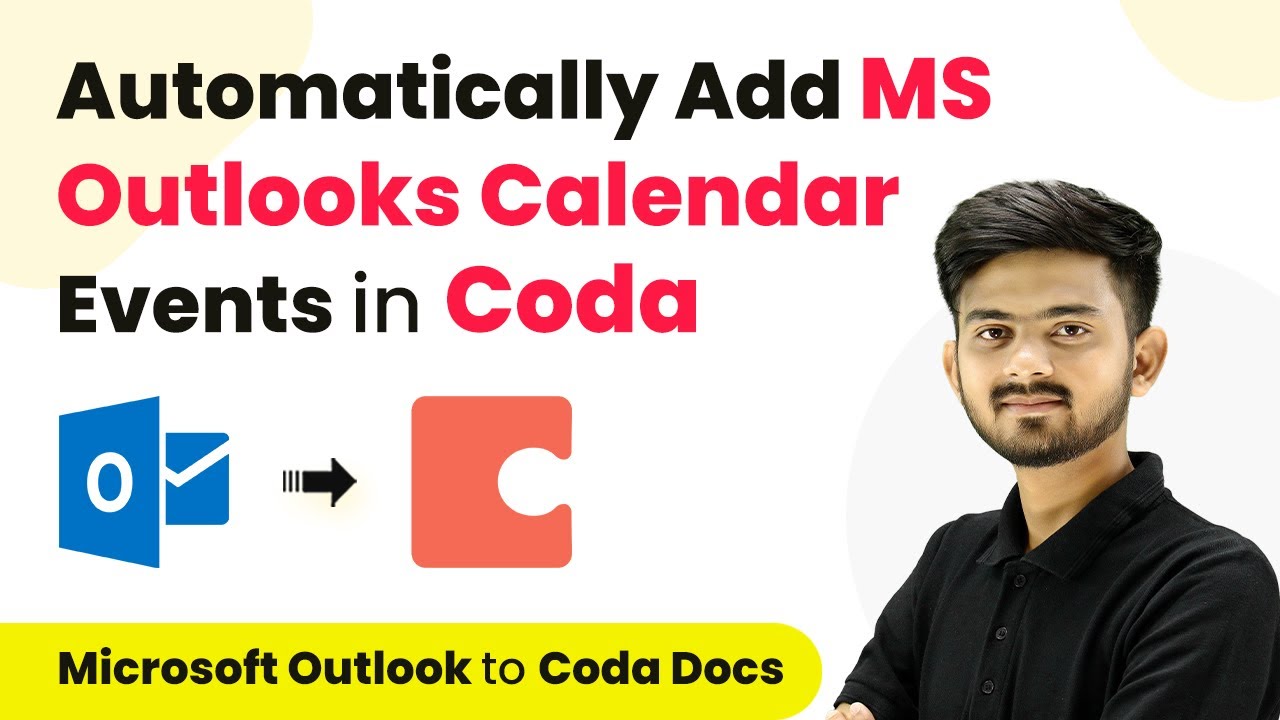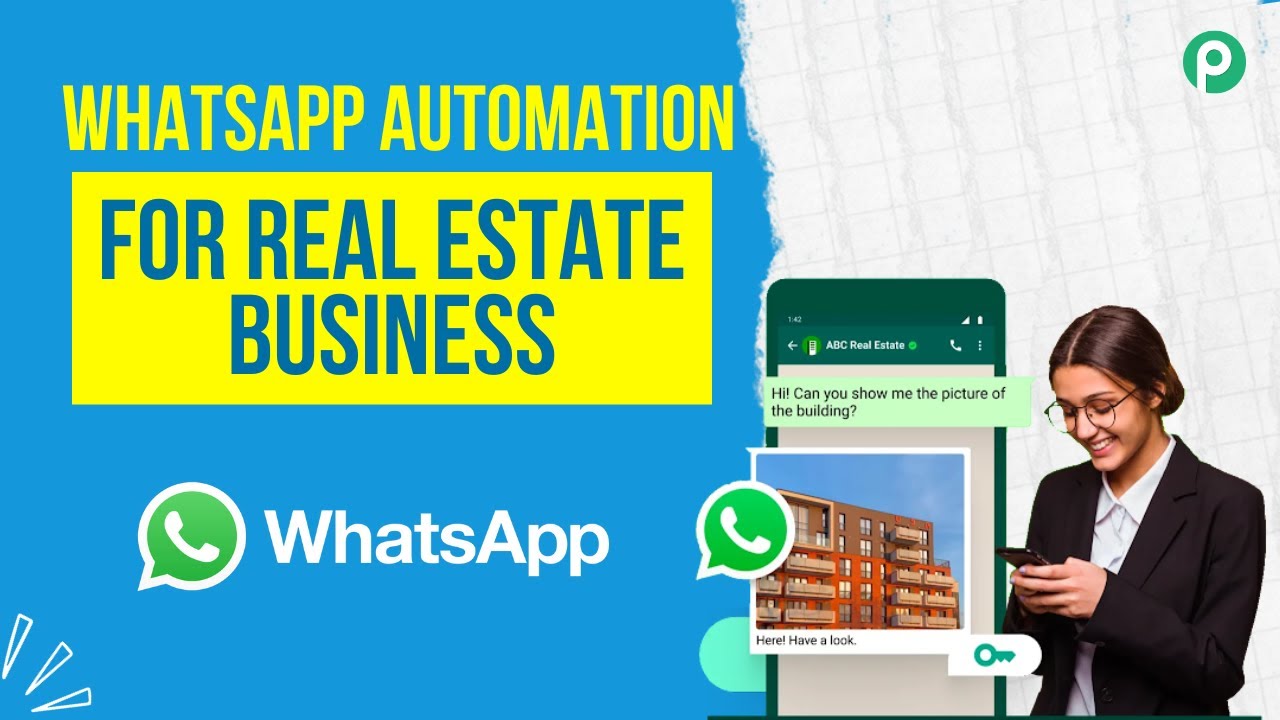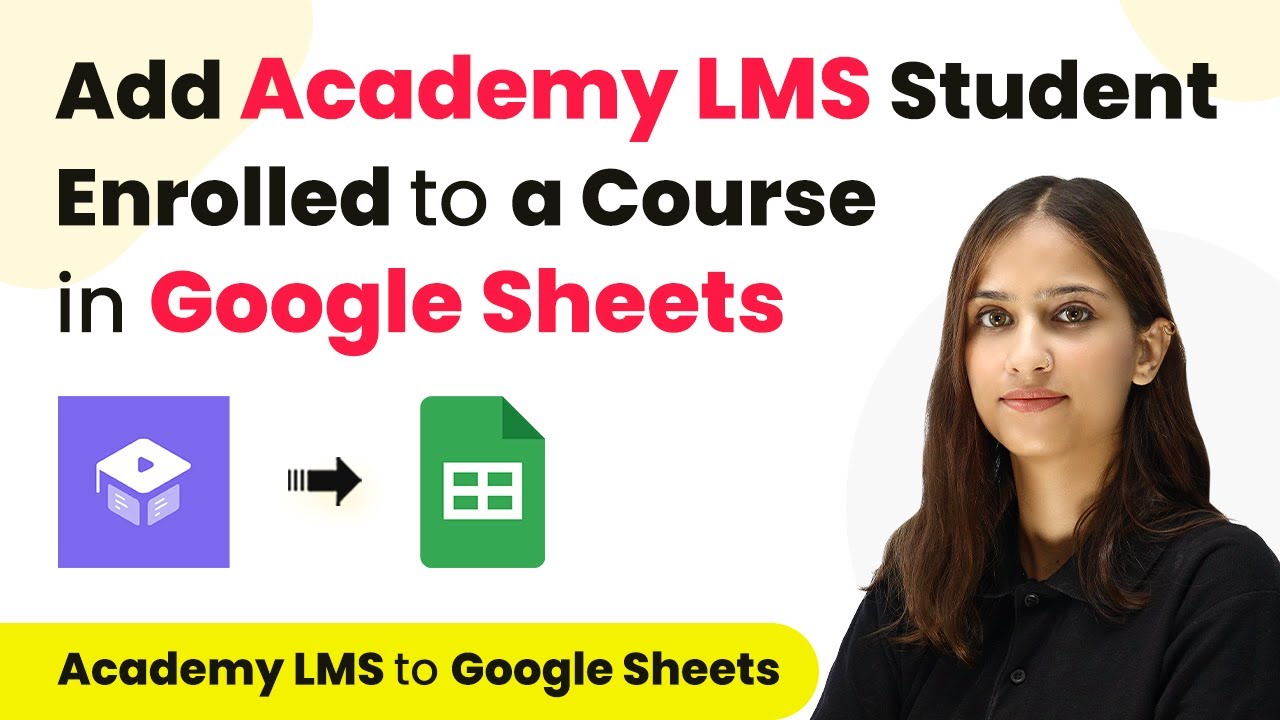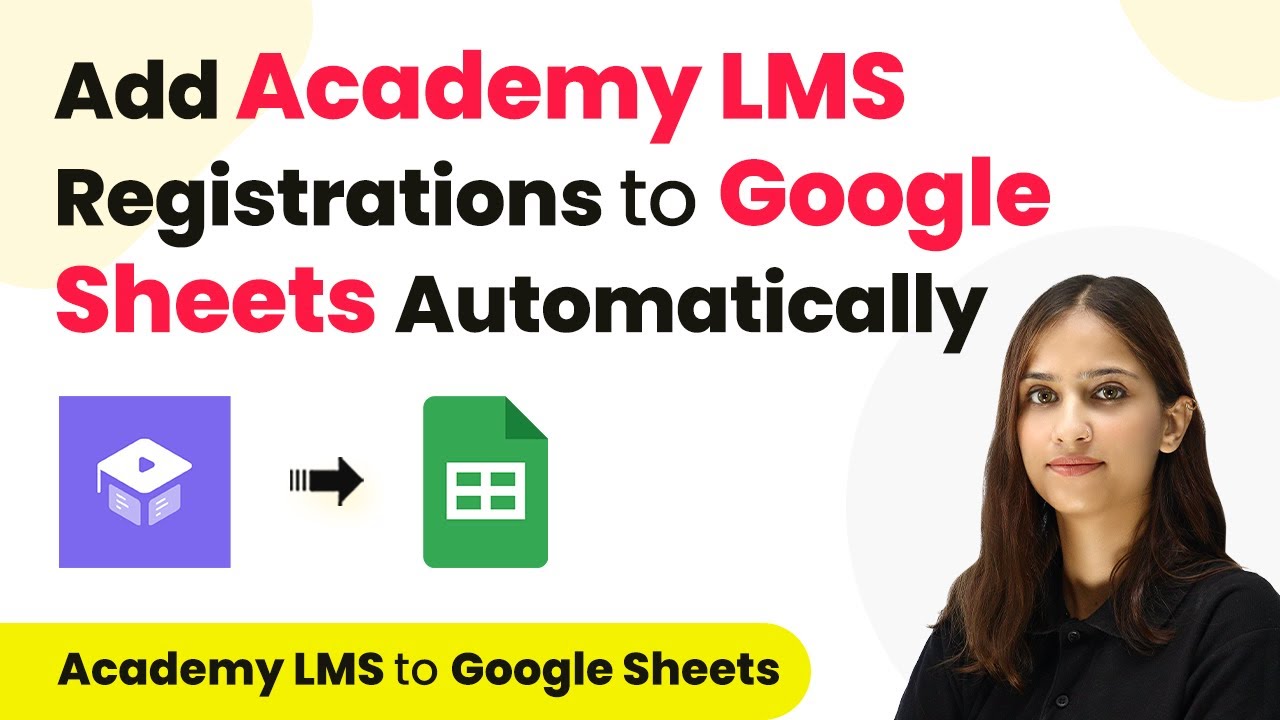Learn how to automatically convert text to speech using Pabbly Connect and Eden AI. Step-by-step guide to integrating Google Sheets with Eden AI for seamless automation.
Watch Step By Step Video Tutorial Below
1. Setting Up Pabbly Connect for Text to Speech
To automatically convert text to speech using Pabbly Connect, start by accessing the Pabbly Connect dashboard. This is where you will create your automation workflow. If you don’t have an account, sign up for free to get started.
Once logged in, click on the ‘Create Workflow’ button. Name your workflow, for example, ‘Automatically Convert Text to Speech’. Choose a folder to save it, and then click ‘Create’. This will open the workflow interface where you can set up triggers and actions.
2. Trigger Setup: Google Sheets in Pabbly Connect
In this step, we will connect Google Sheets to Pabbly Connect. Begin by selecting Google Sheets as your trigger app. Choose the trigger event as ‘New or Updated Spreadsheet Row’. This will allow the automation to trigger whenever new data is added to your Google Sheet.
- Select Google Sheets as the app.
- Choose ‘New or Updated Spreadsheet Row’ as the trigger event.
- Copy the provided webhook URL.
Next, go to your Google Sheets, click on ‘Extensions’, then ‘Add-ons’, and select ‘Get Add-ons’. Search for ‘Pabbly Connect Webhooks’ and install it. After installation, refresh your Google Sheets and navigate to ‘Extensions’, find ‘Pabbly Connect Webhooks’, and click on ‘Initial Setup’. Here, paste the webhook URL you copied earlier.
3. Configuring Eden AI in Pabbly Connect
After setting up the trigger, you need to configure the action step to convert text to speech using Pabbly Connect and Eden AI. Select Eden AI as the action app and choose the action event as ‘Convert Text to Speech’. This step will allow you to send the text data to Eden AI for conversion.
To connect your Eden AI account, you will need the API token from your Eden AI account settings. Paste this token into Pabbly Connect to establish the connection. Once connected, you will map the text you received from Google Sheets to the text field in Eden AI.
- Select ‘Convert Text to Speech’ as the action event in Eden AI.
- Map the text field to the text data from Google Sheets.
- Choose the voice type and language options as needed.
After mapping all necessary fields, click ‘Save and Send Test Request’ to ensure that the integration works correctly. If successful, you will receive a response with the audio URL of the generated speech.
4. Updating Google Sheets with the Audio URL
Once you have received the audio URL from Eden AI, the next step is to update your Google Sheets with this URL using Pabbly Connect. Again, select Google Sheets as your action app and choose ‘Update Cell’ as the action event. This action will allow you to insert the audio URL into the appropriate row of your Google Sheet.
Connect your Google Sheets account again using the same method as before. Select the spreadsheet and sheet where you want to update the audio URL. Specify the cell range where the audio URL should be inserted, typically in a designated column for audio links.
Select the spreadsheet and sheet for the update. Enter the cell range for the audio URL (e.g., Column D). Map the audio URL from the previous step to the value field.
After completing these steps, click ‘Save and Send Test Request’. Check your Google Sheet to confirm that the audio URL has been successfully updated in the specified cell.
5. Testing the Automation Workflow
Now that your workflow is fully set up, it’s time to test the automation using Pabbly Connect. Go back to your Google Sheet and add a new row with the text you want to convert to speech. Make sure to select the platform and voice settings as specified in your setup.
After entering the details, wait a few seconds. The automation should trigger, and the audio URL will be populated in the designated cell of your Google Sheet. To verify, click on the audio URL to play the generated speech file.
This entire process demonstrates how Pabbly Connect seamlessly integrates Google Sheets with Eden AI to automate the text-to-speech conversion. You can now efficiently convert text entries into audio files with minimal effort.
Conclusion
In this tutorial, we explored how to use Pabbly Connect to automatically convert text to speech using Eden AI. By integrating Google Sheets, users can streamline their workflow and efficiently manage audio outputs for any text entries. This automation enhances productivity and simplifies the text-to-speech conversion process.
Ensure you check out Pabbly Connect to create business automation workflows and reduce manual tasks. Pabbly Connect currently offer integration with 2,000+ applications.
- Check out Pabbly Connect – Automate your business workflows effortlessly!
- Sign Up Free – Start your journey with ease!
- 10,000+ Video Tutorials – Learn step by step!
- Join Pabbly Facebook Group – Connect with 21,000+ like minded people!
